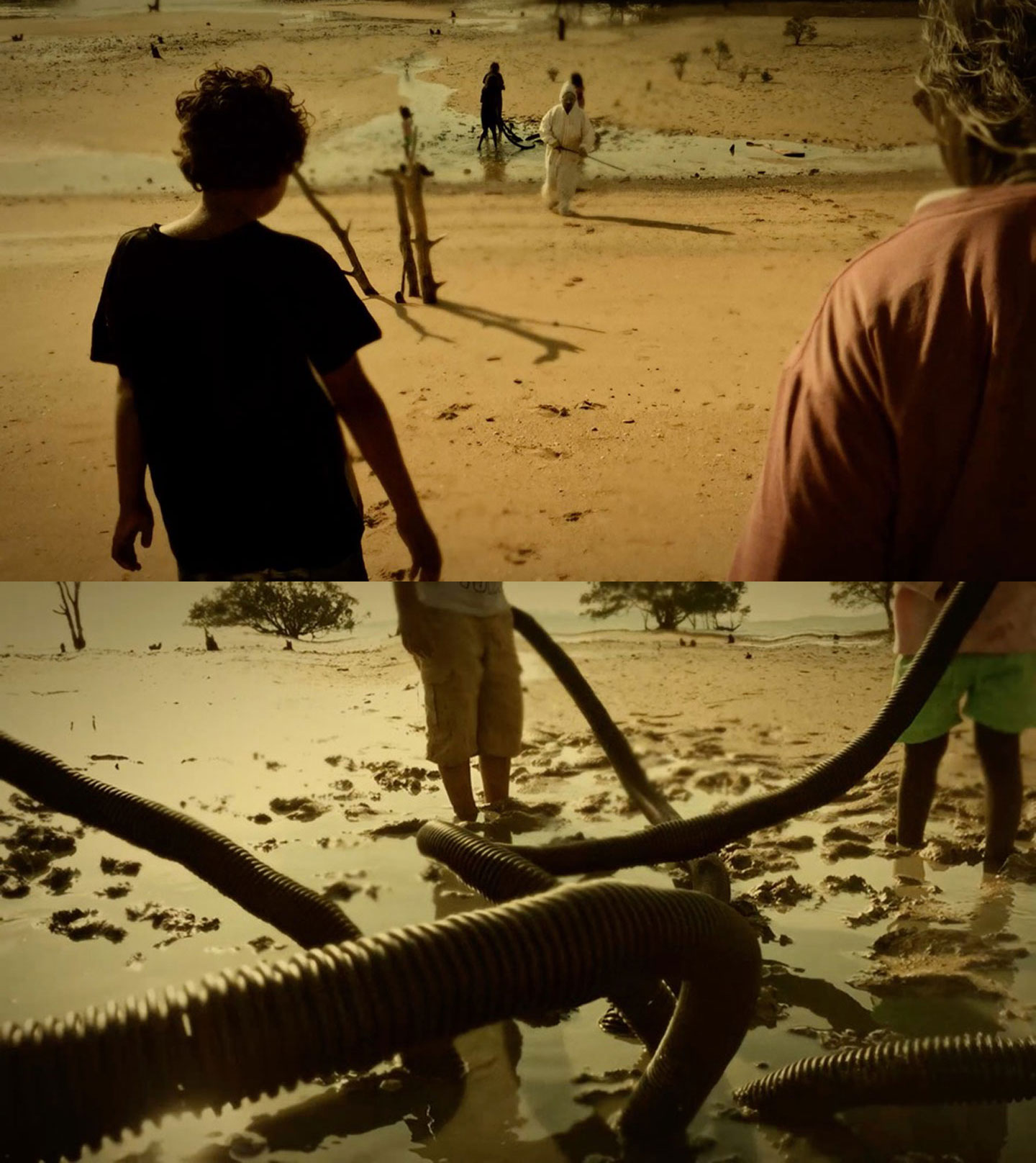Édouard Glissant, Poetics of Relation (University of Michigan Press, 1997), 5.
Gilles Deleuze and Félix Guattari, What is Philosophy? (Columbia University Press, 1996), 51.
Sylvia Wynter, “Unsettling the Coloniality of Being/Power/Truth/Freedom: Towards the Human, After Man, Its Overrepresentation—An Argument,” CR: The New Centennial Review 3, no. 3 (2003): 257–337.
Hannah Arendt, On the Origins of Totalitarianism (Harcourt, Brace, Jovanovich, 1973), 186.
Hannah Arendt, On Revolution (Penguin Classics, 2006), 13.
Fred Moten, “The New International of Insurgent Feeling,” November 7, 2009 →. See also Achille Mbembe, “Necropolitics,” Public Culture 15, no. 1 (2003): 11–40; and Patricia Owens, “Racism in the Theory Canon: Hannah Arendt and ‘The One Great Crime in Which America Was Never Involved,’” Millennium: Journal of International Studies 45, no. 3 (2017): 403–24.
Philippe Descola, Beyond Nature and Culture (University of Chicago Press, 2014).
Barbara Glowczewski, Totemic Becomings: Cosmopolitics of the Dreaming (Edinburgh University Press, 2015).
Aimé Césaire, Discourse on Colonialism, trans. Joan Pinkham (Monthly Review Press, 2000), 33.
Liam Grealy and Kirsty Howey, “Securing Water Supply: Governing Drinking Water in the Northern Territory,” Australian Geographer 51, no. 3 (2020): 341–60.
See Elizabeth A. Povinelli, “Routes/Worlds,” e-flux journal, no. 27 (September 2011) →.
M. M. Bahktin, “The Problem of Speech Genres,” Speech Genres and Other Late Essays (University of Texas Press, 1987), 91.
“Australian Babel: A Conversation with Karrabing,” Specimen: The Babel Review of Translations, October 31, 2017 →.
Rex Edmunds and Elizabeth A. Povinelli, “A Conversation at Bamayak and Mabaluk, Part of the Coastal Lands of the Emmiyengal People,” in Living with Ghosts: Legacies of Colonialism and Fascism (L’Internationale Online, 2019) →.
Report from the Aboriginal Land Rights Commission, 1973, 5.
Report from the Aboriginal Land Rights Commission, 5. See also Andrew Schaap, “The Absurd Logic of Aboriginal Sovereignty,” in Law and Agonistic Politics, ed. Andrew Schaap (Ashgate, 2009), 209–25.
Jeffrey Kahn, Islands of Sovereignty: Haitian Migration and the Borders of Empire (University of Chicago Press, 2019).
Sigmund Freud, The Future of an Illusion (W. W. Norton & Company, 1989), 21.
Sigmund Freud, Civilization and Its Discontents (W. W. Norton & Company, 2005), 39.
Freud, Civilization and Its Discontents, 41.
Freud, Civilization and Its Discontents, 45.
Jacques Lacan, “The Mirror Stage as Formative of the Function of the I as Revealed in Psychoanalytic Experience,” in Écrits: The First Complete Edition in English, trans. Bruce Fink (W. W. Norton & Company, 2007), 75–81.
Luce Irigaray, “The Question of the Other,” Yale French Studies, no. 87 (1995): 7–19.
